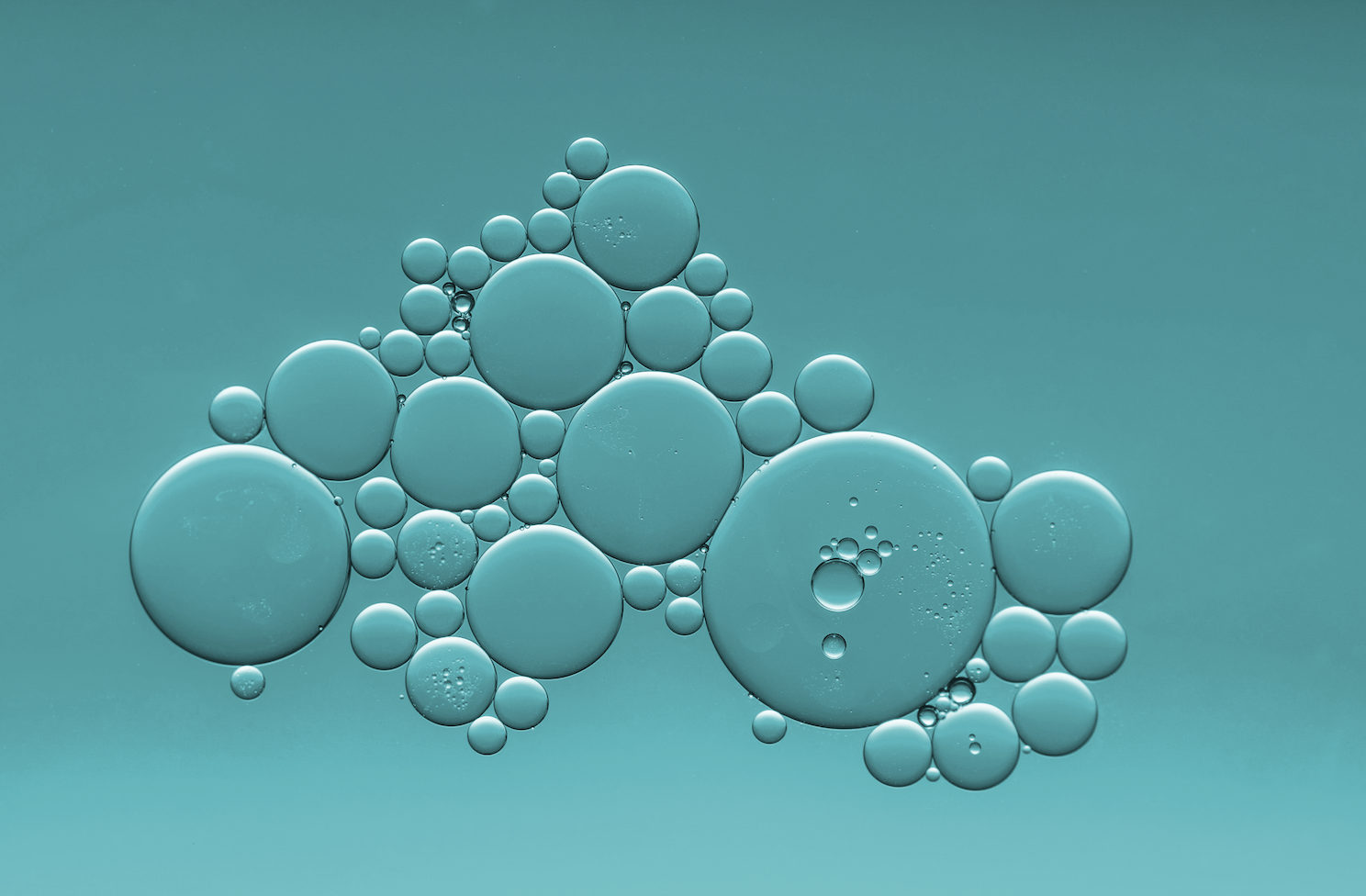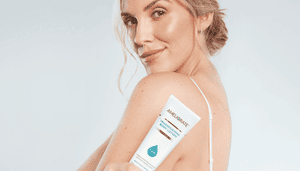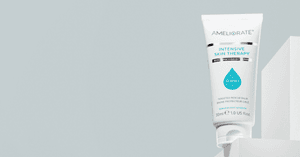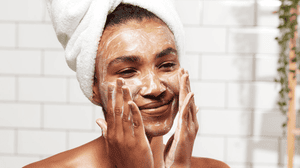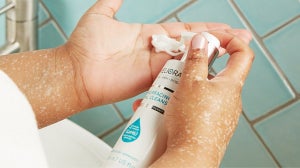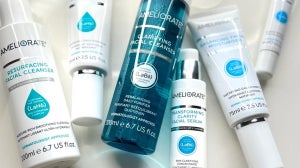
This is the second part of our AHA blog series – focussing on what alpha and beta-hydoxy acids are.
In our last blog, we shared what they do – how they benefit your skin and what you can use them for. In our next, we will go into each AHA and BHA, one by one. For this blog, we are giving some more information on what they are and where they come from, so you have information at your fingertips and can make informed choices.
What are Alpha and Beta Hydroxy Acids?
There are two types of Hydroxy Acids - Alpha Hydroxy Acids and Beta Hydroxy Acids – the key difference is that AHAs have a greater affinity to water than BHAs
They both work on the skin’s surface. AHAs are generally preferred for dry skin as they are excellent humectants – drawing moisture to the skin. In-vitro testing on skin cells has shown that some AHA’s can boost collagen and elastin synthesis. BHAs are recommended for oily and acne-prone skin as they are even gentler, working on the skin’s surface especially around clogged pores.
All can be found in nature and they differ in chemical structure – from small to large molecules. This is important, as to be effective they need to penetrate between surface skin cells – a small molecule my do this better, but if you need a gentle approach a small molecule might not be what you’re looking for. Each also has unique properties meaning each are preferable for different skin types and concerns.
With technical advancements they can all be made synthetically. Normally the synthetic versions are used in skincare.
AHA
Glycolic acid –from sugar cane
- Lactic acid– sour milk
Malic acid – apples
Tartaric acid – grape wine
Mandelic acid – almonds
BHA
Salicylic acid
A key element in choosing a product with AHA's or BHA's in is the percentage of the product used in combined with the pH. A chemical peel, performed by a dermatologist can be as high as 70% whereas an everyday product might be as low as 1% to get a real idea of the vast array of AHA and BHA products and the percentage and pH differences between each one. This is based on US products, but it gives a clue as to the minefield that is out there!
Be Aware
Skin usually needs to get used to AHA's and BHA's and a too high percentage can cause redness or irritation. It should be kept out of eyes as can cause redness and burning.
Although you can mix AHA's and BHA's, it is recommended to not use both at exactly the same time ie use one in the morning and one in the evening. Go easy and allow your skin time to get used to your products.
Most importantly, they make skin more sensitive to the sun and it’s very important to wear sunscreen – this is because they have removed the top layer of ‘protective’ dead skin, so the sun is reaching new skin immediately which has no resilience.

